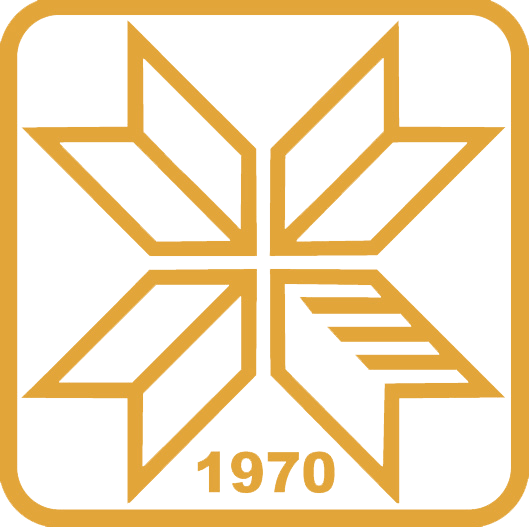Приказ основних података о документу
Theoretical Study of Tool Holder Self-excited Oscillation in Turning Processes Using a Nonlinear Model
| dc.contributor.author | Pejović, Branko | |
| dc.contributor.author | Kovač, Pavel | |
| dc.contributor.author | Pucovsky, Vladimir | |
| dc.contributor.author | Todić, Aleksandar | |
| dc.date.accessioned | 2022-09-28T10:08:37Z | |
| dc.date.available | 2022-09-28T10:08:37Z | |
| dc.date.issued | 2018 | |
| dc.identifier.uri | https://platon.pr.ac.rs/handle/123456789/699 | |
| dc.description.abstract | In this paper, by observing a system which is composed from a workpiece and a tool holder, a dynamic and a mathematical nonlinear model is acquired. These models can be used as a theoretical foundation for research of self-excited oscillations, which are the object of research in this paper. All relevant oscillator factors are taken into consideration including a frictional force between flank surface and a machined new surface, which is dependent on relative system speed. For obtaining more reliable results, the characteristic friction function is expanded into the Taylor series with an arbitrary number of members regarding required accuracy. The main nonlinear differential equation of the system is solved by the method of slowly varying coefficients, which is elaborated on in detail here. One assumption is made, which states that the system has a weak nonlinearity, and respectively small damping factor. After obtaining the law of motion with relation to a larger number of influential factors, the amplitude of self-excited oscillation is determined in two different ways. Previously, this is conducted for two characteristic phases—for stationary and nonstationary modes. At the end of the paper, an analytic determination and occurrence condition of self-excited oscillations is established. This is an important factor for practical use. This is also the stability condition. The starting point for this determination was a type of experimental friction function. Derived relationships allow detailed quantitative analysis of certain parameters’ influence, determination of stability, and give a reliable description of the process, which is not the case with the existing linear model. After the theoretical analysis of obtained results, a possibility for application of the suggested method in the machine tool area is presented. The derived general model based on the method of slowly varying coefficients can be directly applied in all cases where nonlinearity is not too large, which is usually the case in the field of machine tools. The greater damping factor causes a smaller amplitude of self-excited steady oscillation. Characteristics of the selfexcited oscillations in the described model mostly depend on the character of the friction force. Angular frequency in mentioned nonlinear oscillations depends on the amplitude and initial conditions of movement, which is not the case in free oscillations | en_US |
| dc.language.iso | en_US | en_US |
| dc.publisher | International Journal of Acoustics and Vibration | en_US |
| dc.rights | Ауторство-Некомерцијално-Без прерада 3.0 САД | * |
| dc.rights.uri | http://creativecommons.org/licenses/by-nc-nd/3.0/us/ | * |
| dc.title | Theoretical Study of Tool Holder Self-excited Oscillation in Turning Processes Using a Nonlinear Model | en_US |
| dc.title.alternative | International Journal of Acoustics and Vibration | en_US |
| dc.type | clanak-u-casopisu | en_US |
| dc.description.version | publishedVersion | en_US |
| dc.identifier.doi | 10.20855/ijav.2018.23.31058 | |
| dc.citation.volume | 23 | |
| dc.subject.keywords | mathematical nonlinear model | en_US |
| dc.subject.keywords | self-excited oscillations | en_US |
| dc.subject.keywords | stability condition | en_US |
| dc.type.mCategory | M23 | en_US |
| dc.type.mCategory | openAccess | en_US |
| dc.type.mCategory | M23 | en_US |
| dc.type.mCategory | openAccess | en_US |

